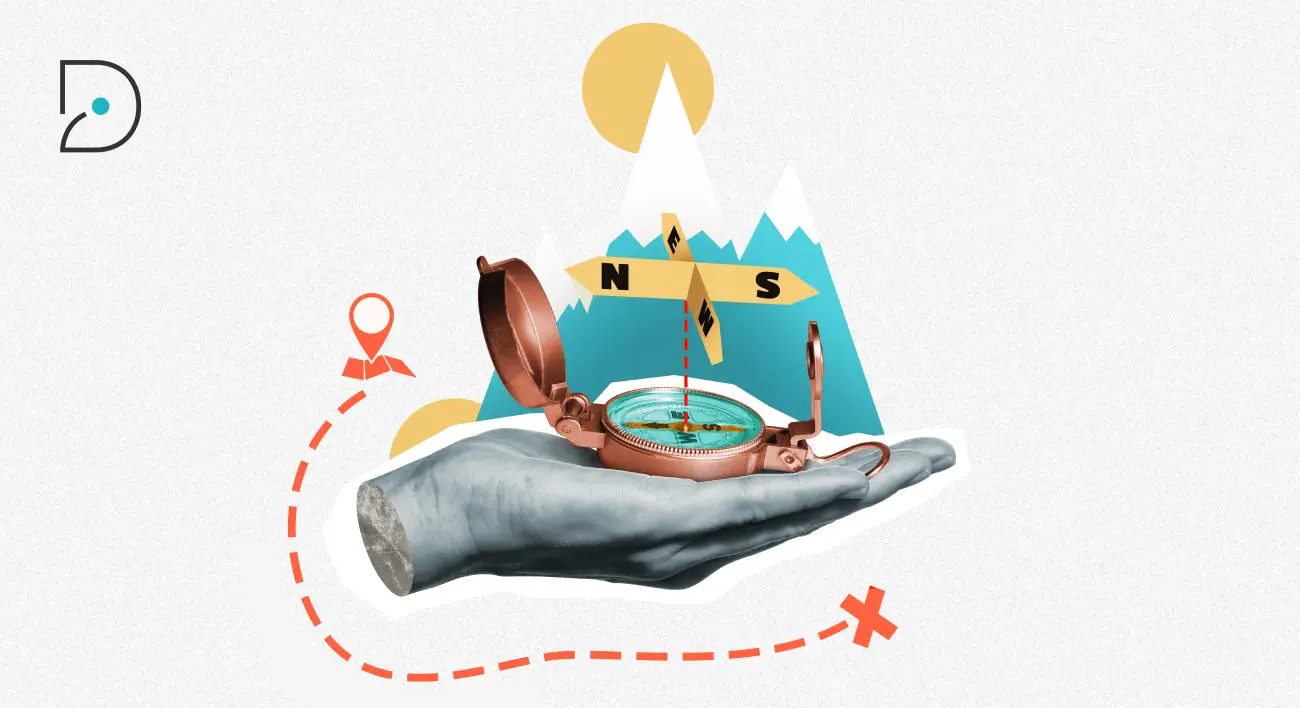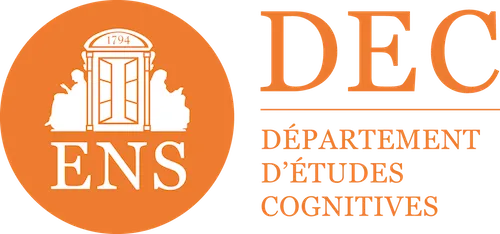

Interactive simulation: an apprenticeship in which you are the hero
I have always seen similarities between the mission of the trainer (or of anyone who is required to design training: teacher, educational engineer, coach...) and that of the screenwriter. Training is a story like any other In which thelearner is the hero. The initial thinking is actually the same: what steps should I take my protagonist through to allow him to grow and learn? In this article, I would like decipher the learning model that is interactive simulation and its narrative structure, which gives it numerous advantages, both for the person who teaches and for the person who is learning. So, if you are wondering how to use simulation effectively in your e-learning activities and what are the advantages of this approach, Let me tell you precisely a short story: that of the adventure of the heroes and heroines who build their knowledge...
Interactive scenario play is a learning model built like an adventure story
If in face-to-face training the trainer is in the center of the scene, when the training becomes distance (or mixed), he moves away from it. The choice of the learning model then becomes even more important and it is valuable to maintain certain methodological guidelines. The basic point of reference that I am offering you is as follows: whatever the objective, apprenticeship can be pragmatically defined as A change of state for the person trained (source: All pedagogues). To give you some examples of state changes: if the educational objective is the acquisition of new knowledge, the trainer's mission is to help the person trained to move from a state of “I don't know” towards a state of “now I know”; If the objective is to relearn poorly understood concepts or to deconstruct preconceived ideas, the trainer's mission is then to help the person trained to move from a state of “I thought like that” unto “Now I think like that” etc...
This change of state is therefore the starting point for the construction of the educational adventure. of the person trained. It makes it possible to identify a clear destination and to build a scenario that will allow him toreach that destination.
A 4-step pedagogical and narrative model
Based on this methodological postulate, the simulation model can be broken down as follows:
- At the beginning of the story, the person trained (the hero) has a lack which he may or may not realize: without your intervention, he may make one or more mistakes.
- Throughout the story, he is plunged into an unknown environment and must confront efforts that make him grow, including dilemmas that he will only be able to overcome if he leaves his initial state. A hero's journey is often full of pitfalls and it is this effort, in pedagogy, that makes learning effective and sustainable.
- So first he tries to solve a problem by itself and correct any errors thanks to the corrective feedback he receives after each of his choices. He is therefore put to the test, but guided and supported in his learning.
- At the end of the story, He passed the test and achieved the expected change of state. He finds himself able to apply what he has learned in the real world!
This structuring model of steps that make up the scenario can then be adapted and repeated so that the activities are relevant variations of this narrative pattern. This replicability, in addition to being structuring at the pedagogical level, reveals other benefits as well.
Benefit 1: pragmatic stories that give meaning to learning
It is fundamental for the trainer to Ask the question of meaning Contents that it proposes, both to capture the attention of its learners and to facilitate the anchoring of the concepts transmitted (learn more about learning transfer).
Situational simulation provides, in fact, the conditions for quality learning by immersing the learner in contexts that he will be likely to encounter once in a real situation. It is also recommended to vary the contexts of the scenarios. You thus create a link in memory between the concepts to be learned and the situations where they apply, and increase the probability that they will be applied on a daily basis (source: All pedagogues).
In order to further strengthen the involvement of the trained person, you can also suggest a common thread between the situations, and Focus your story on one or more characters to follow. The aim of this practice is to arouse the desire to continue to discover the situations you have imagined. You will have understood it, Situations offer the first role to the trained person and provide her with so many opportunities in which she can experiment, make mistakes, and learn. It is therefore no longer a question of learning raw knowledge by heart, but of being able to mobilize it in real situations.
Benefit 2: tests that stimulate the ability to reason
One of the (many) debates that e-learning raises is that it prevents critical thinking and even leads to intellectual disengagement of the trained person. In person, access to direct questioning and exchange between peers or with the trainer can effectively lead to a reflexive practice of the training content, and ultimately, help to build a more critical vision of one's activity.
However, from this point of view, interactive simulation is a key element of educational innovation, by placing the trained person in a succession of dilemmas in the face of which they must make choices, and so stimulate their ability to better understand and act in given situations. It is a process that requires the learner's efforts by engaging in intellectual perspective and questioning based on the various elements of the situation.
It is this effort that the trainer encourages by providing the trained person with opportunities where they can initiate this reflexive analysis.

Benefit #3: a fun staging that promotes engagement
As you build your scenario, simultaneously think about how to illustrate it. The best visual settings are those that seduce by their clarity, by drawing attention to what is essential. They accompany the text and clarify the purpose. It is also the productions that tell a story. Like audiences in movies or video games, few remain insensitive to visual stories. This phenomenon is also integrated into the production of interactive scenarios.
And at a time when learners have access to a myriad of resources that are often fun on the Internet, e-learning must offer a pleasant moment more than ever. La cognitive science research It also confirms the effects of emotions on learning. One pleasant visual experience facilitates cognitive processes related to learning (attention, understanding, transferring of knowledge...).
If you do not have the opportunity to design your visuals yourself, you can get resources that are available free of charge on image banks. Photos, graphic illustrations or animated GIFs will give meaning to a situation that can be abstract if it is only textual.
The Didask authoring tool also allows you to stage a situation using dialog bubbles that will use the codes of video game and comic book narration.
Visual storytelling is a great tool which, in addition to transforming your scenarios into fun activities, allows you to bring your stories to life!
.png)
It's up to you to play!
Interactive simulation responds to numerous learning challenges and also has the advantage of being easily understood by anyone who wishes to transmit their knowledge remotely: teachers, trainers, coaches and any other professional who seeks to engage in an in-depth learning process.
And at a time when access to information is becoming easier and faster, I leave you with this quote from Albert Einstein that gives us food for thought about the new paradigms of the role of the trainer: “I don't teach anyone, I only provide the environment in which they can learn.” I am only trying to create the conditions under which they can learn).
Creating the conditions for learning is the difficulty and the exciting challenge of people who do, or want to do, e-learning. This may be via teaching methods that you can find in this blog, but also good technical conditions are important to set up, to be found on the net, at hello RSE for example, or in convenience stores.
It goes without saying that the choice and the correct use of a suitable e-learning platform has an important role. This is another subject, which you can investigate in our articles Learning Management System: Optimizations for Businesses and Developing and implementing online training: the guide to get started, among others available on the Didask blog.
Make an appointment directly with our eLearning experts for a demo or simply more information.













